1. The Board in The Cabin in the Woods
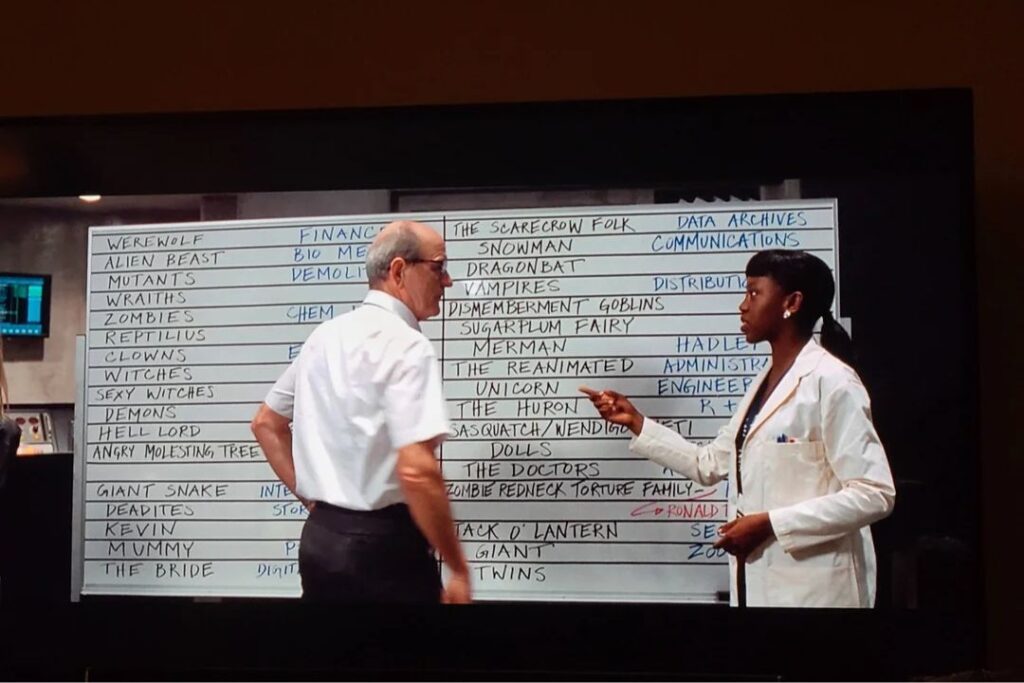
Joss Whedon and Drew Goddard’s meta-horror film The Cabin in the Woods (2012) is a love letter to the horror genre, and it includes a list that viewers had to pause to read. During a scene where the control room staff is making their selections for the ‘ritual,’ a large whiteboard is shown covered in the names of various iconic movie monsters. Fans quickly realized this was a comprehensive list of creatures the ritual could unleash. Pausing allowed dedicated viewers to scan the board and check off which creatures they could identify, from the familiar “Zombie” to the more esoteric “Angry Molesting Tree” and “Deadites,” adding a fun layer of genre trivia to the viewing experience.
2. Fight Club’s Subliminal Frames
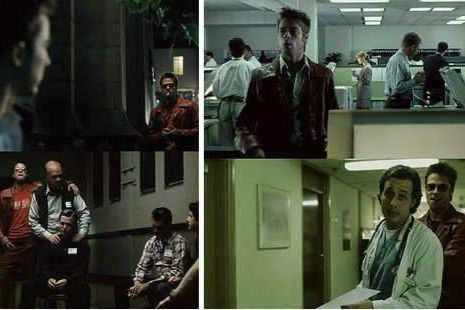
In David Fincher’s 1999 cult classic Fight Club, nearly every scene featuring the Narrator’s descent into madness is secretly punctuated by a single-frame flash of the mysterious Tyler Durden. This technique compels viewers to pause, thinking they’ve spotted a ghost or a mistake. The first time Durden appears is very early on, lasting only one twenty-fourth of a second, before the two characters have officially “met” in the narrative. These subliminal insertions, like a frame of Durden operating the movie projector or standing in a crowd, serve as a psychological trick, confirming the Narrator’s fragmented reality long before the film’s twist is revealed.
3. The Hidden Graffiti in Deadpool
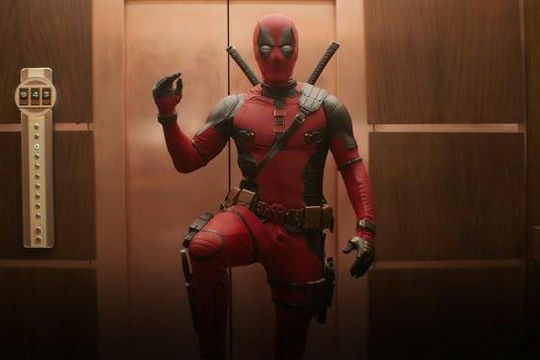
The 2016 film Deadpool is renowned for its breaking of the fourth wall and plentiful Easter eggs, making the pause button a necessity. One such moment occurs during a fight scene on the freeway where the camera pans over a section of graffiti. A sharp-eyed viewer pausing at just the right second would notice a reference to the movie’s own production designer, David Sandefur. This kind of self-aware, throwaway gag is exactly the type of detail fans pause to appreciate, not just for the joke itself, but to see what other hidden messages or in-jokes they might uncover in a second viewing.
4. Iron Man 2’s Map of Global Activity
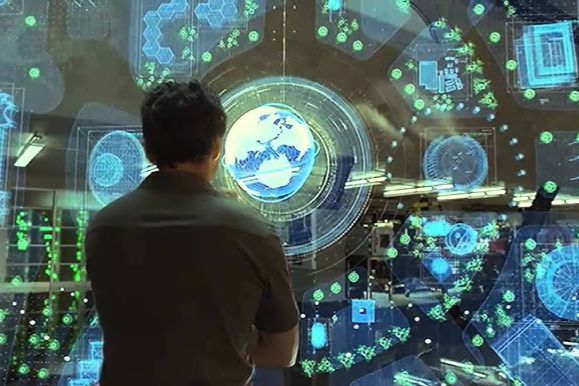
Marvel Cinematic Universe (MCU) films are full of future plot hints, making them a goldmine for the pause-happy fan. In a specific scene from Iron Man 2 (2010), Tony Stark is reviewing a holographic map of global seismic and super-human activity on a display. Pausing here was essential to try and decipher where Marvel was setting up its next storyline. Viewers were quick to freeze-frame the map and noticed multiple key regions illuminated, including an area near the Atlantic, where the lost city of Atlantis (and possibly the character Namor) was theorized to be located, and another around Wakanda, teasing the debut of Black Panther years before his solo film.
5. The Missing Headset in Jurassic Park
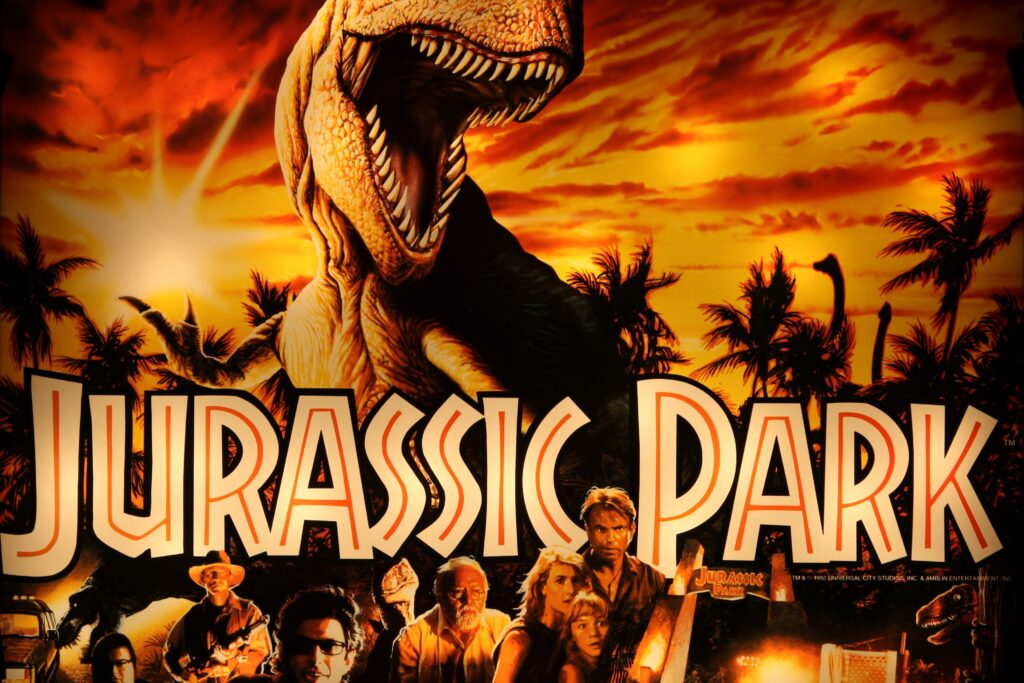
Sometimes a pause isn’t for a hidden message or an Easter egg, but for a simple, yet glaring, movie mistake that breaks the immersion. A particularly famous gaffe happens in the 1993 classic Jurassic Park during a scene where a Tyrannosaurus Rex is rampaging through the park. When the camera focuses on the terrified character, Dennis Nedry, viewers who pause the scene can clearly spot a crew member’s arm, wearing a headset, briefly reaching in from the left side of the frame to give an instruction. This fleeting, unintentional appearance by a member of the production team became a favorite detail for eagle-eyed fans to spot and share.
6. The Opening Credits of Zombieland

The fast-paced, stylish opening sequence of the 2009 horror-comedy Zombieland features slow-motion shots of various gruesome, yet darkly funny, zombie kills, with the cast and crew names appearing dynamically on screen. Due to the high-speed and chaotic nature of these titles, pausing is necessary to fully read the cleverly integrated text. Viewers often hit pause not just to catch the names, but to appreciate the intricate choreography and practical effects used in each slow-motion scene, such as the famous moment involving a zombie, a golf club, and a picturesque fountain, which blends horror with visual flair.
7. Stan Lee’s Cameo in Mallrats

Before his ubiquitous appearances in the Marvel Cinematic Universe, comic book legend Stan Lee had many unexpected cameos, and one that requires a pause to fully absorb the detail occurs in the 1995 Kevin Smith comedy, Mallrats. During his scene where he offers advice to the protagonist, T.S., he is shown reading a comic book. Fans who freeze-frame this specific moment noticed that the comic book Stan Lee is holding is not a real publication but a fictional one created specifically for the movie, titled Fantastic Four #104. This small, meta detail gives the scene an extra layer of comic book authenticity and is a charming nod to the world that Lee helped create.
8. The Hidden Message in Skyfall

In the 2012 James Bond installment, Skyfall, there is a high-stakes moment where Bond is running across the rooftops of Istanbul, chasing an adversary. During this pursuit, the camera briefly focuses on an advertisement screen displaying a large, colorful image. Sharp-eyed viewers who pause here noticed that the image is actually a visual representation of a binary code. When translated, the code reveals the phrase “Welcome to Macau,” which directly foreshadows the location of the film’s next major set piece. This detail is a sophisticated Easter egg that blends into the background, rewarding fans who love to dig into the film’s technical construction and foreshadowing.
9. The Shipboard Newspaper in Titanic
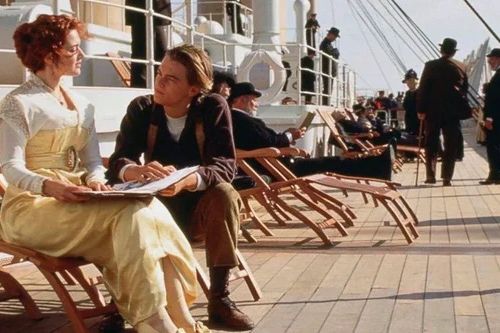
Historical accuracy is paramount in a film like James Cameron’s Titanic (1997), and details are often included to enrich the period setting. One poignant moment occurs early in the film when Jack Dawson is shown reading a newspaper aboard the doomed ship. Viewers often paused to try and read the headlines and articles, hoping to catch some authentic period reporting. Specifically, the newspaper is shown to have headlines about the Olympic Games being held in Athens that year and other contemporaneous events, confirming the precise time frame of the voyage and adding a subtle, realistic backdrop to the fictional romance.
10. The Menu Board in Pulp Fiction

Quentin Tarantino’s 1994 masterpiece Pulp Fiction is filled with moments that fans pause to analyze, from dialogue to visual cues. A quick but important shot occurs when Vincent Vega and Mia Wallace are at the retro-themed Jack Rabbit Slim’s restaurant. The menu board visible behind them lists various food items, all named after 1950s and 60s pop culture icons and concepts. Fans paused to read the entire fictional menu, which includes items like “Durward Kirby Burger” and “Martin and Lewis Shake.” This fun, deep-cut detail adds to the film’s distinct, hyper-stylized world-building and serves as a rewarding moment for dedicated cinephiles.
11. The Prophetic Fridge Magnet in Back to the Future
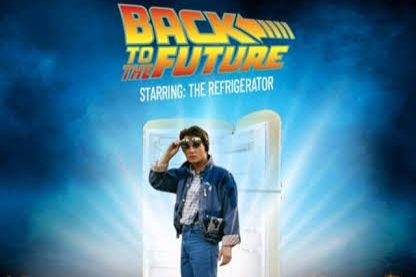
The 1985 classic Back to the Future is known for its intricate time-travel plot and attention to detail. During a scene inside the 1985 (original timeline) home of the McFly family, viewers often paused to check out the background details that would subtly change with time travel. One popular freeze-frame moment occurs when the camera briefly passes over the family’s refrigerator. A specific magnet on the fridge reads “To Dad, My Hero.” This small item takes on greater significance when viewed at the beginning of the movie, as it foreshadows the events to come, where Marty helps George McFly stand up for himself, thereby turning him into the ‘hero’ he was never meant to be in the original timeline.
12. The Newspaper Date in Groundhog Day
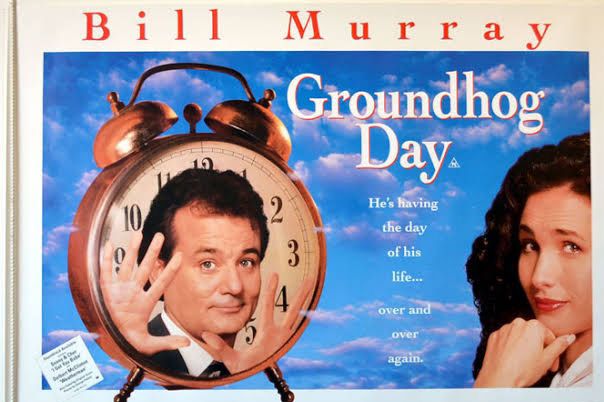
The premise of the 1993 comedy Groundhog Day relies entirely on Phil Connors being stuck reliving the same day. As a result, fans often paused scenes to try and determine exactly how long he was trapped. In one sequence, Phil is shown reading the newspaper, which consistently displays the date February 2. Viewers paused to confirm this detail, but more dedicated fans looked closer at the specific articles. While the articles remain the same, careful examination of the text on the second page allowed viewers to track a timeline, with various background details about other characters confirming that he was, indeed, trapped for an exceptionally long period, much longer than the few weeks initially suggested by the filmmakers.
13. The License Plate in The Big Lebowski
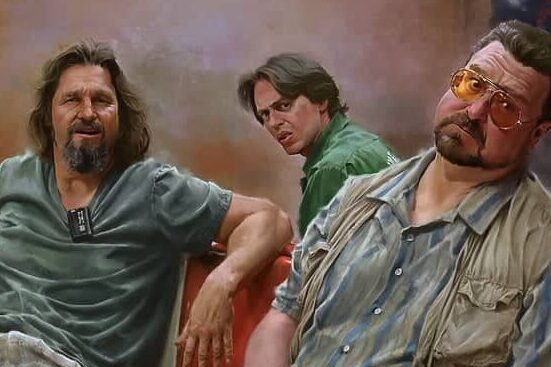
The Coen Brothers’ 1998 film The Big Lebowski is loaded with visual humor and obscure details that viewers frequently pause to appreciate. One famous detail concerns the license plate of The Dude’s beat-up car, a 1973 Ford Gran Torino. In several scenes where the car is shown, the license plate is briefly visible. Pausing the film confirms that the plate reads “OUTTA TOWN.” This seemingly random detail has led fans to pause and theorize its meaning, with popular theories suggesting it reflects The Dude’s philosophical disconnect from the social conventions of Los Angeles, or simply serves as a funny, self-contained reference to his perpetually laid-back, wandering state of mind.
14. The Fine Print in Beetlejuice

Tim Burton’s 1988 supernatural comedy Beetlejuice contains a bureaucratic afterlife system filled with rules and regulations. When the recently deceased Maitlands visit the Netherworld to consult The Handbook for the Recently Deceased, they are shown various contracts and paperwork. Pausing on these documents reveals hilarious, lengthy fine print and rules that are too fast to read otherwise. Viewers often pause here to fully enjoy the darkly comic, dense language used in the bureaucratic descriptions of the afterlife’s rules, confirming the film’s unique, unsettling, and darkly humorous approach to the concept of death.
These small details and technical flubs are what turn a casual viewing into a fun scavenger hunt, rewarding curiosity and reminding us that there’s always more to see in the movies we love.
This story 14 Scenes Everyone Paused, For Innocent Reasons was first published on Daily FETCH


